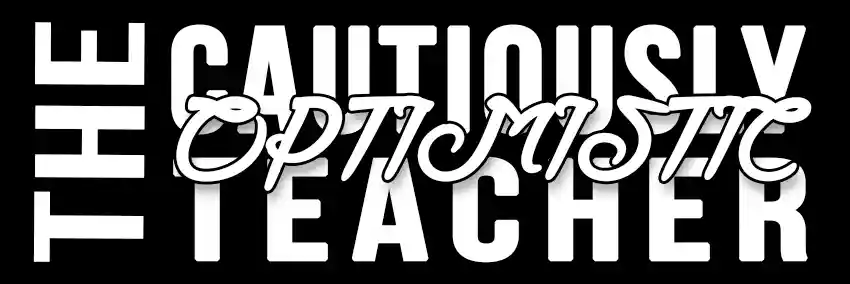Semicolon Lesson: How to Use Semicolons with Confidence
Semicolons
A semicolon (;) is used to connect two closely related independent clauses.
Example: I have a big test tomorrow; I can’t go out tonight.
Use a semicolon before a conjunctive adverb (however, therefore, moreover, consequently, etc.) when it connects two independent clauses.
Example: She didn’t see the step; therefore, she tripped.
Use semicolons to separate items in a list when the items themselves contain commas.
Example: On our trip, we visited Paris, France; Rome, Italy; and Berlin, Germany.
Do not use semicolons in place of commas for simple lists.
Practice Together
Combine the following sentences using semicolons where appropriate:
I love reading books. I don’t have much free time.
The storm was fierce. The trees swayed dangerously in the wind.
I packed for the trip: Toronto, Ontario; New York, New York; and Boston, Massachusetts.
The teacher was strict. However, she was also very fair.
We stayed up late. We still made it to class on time.
Answers for Practice Together
I love reading books; I don’t have much free time.
The storm was fierce; the trees swayed dangerously in the wind.
I packed for the trip: Toronto, Ontario; New York, New York; and Boston, Massachusetts.
The teacher was strict; however, she was also very fair.
We stayed up late; we still made it to class on time.
Practice Alone (Worksheet)
Students can complete this section independently.
Student Worksheet
Teacher Answer Key







